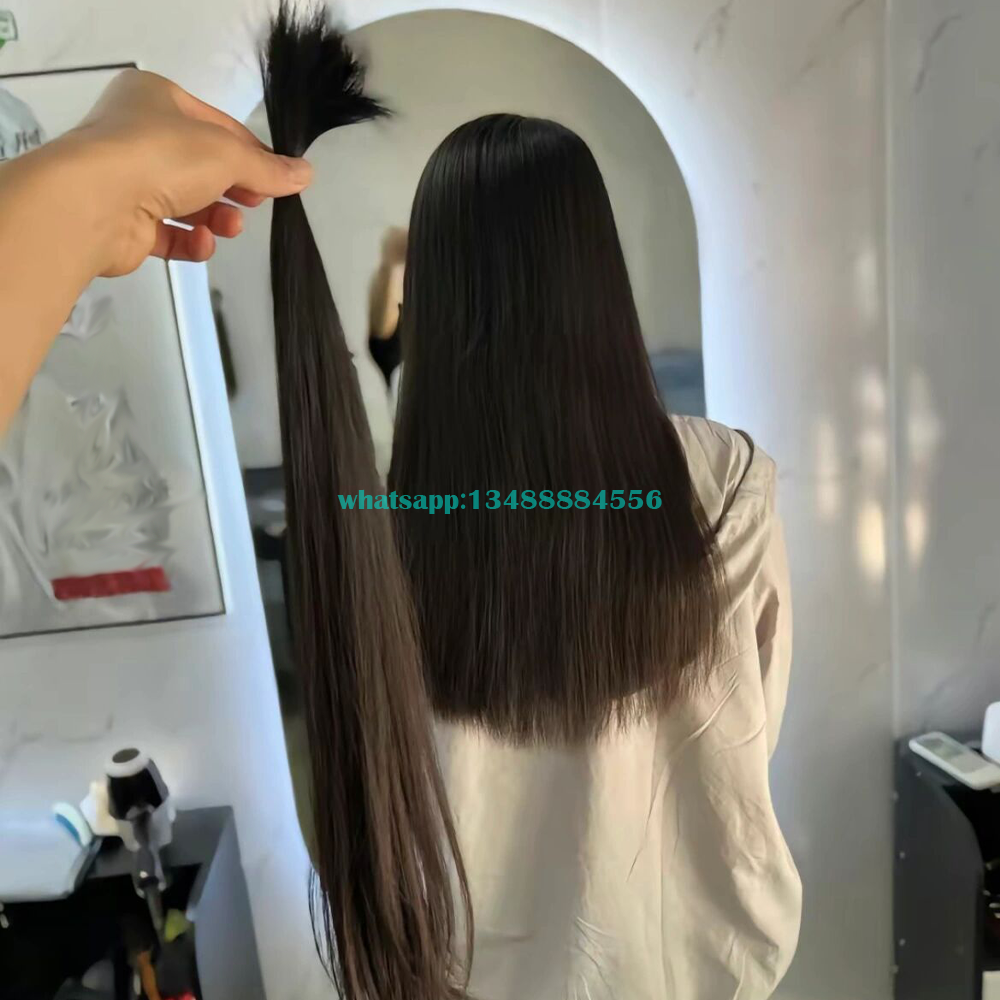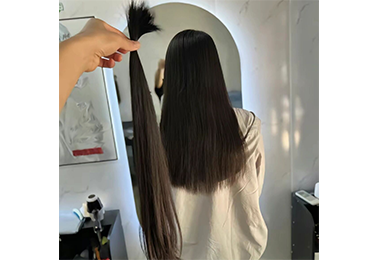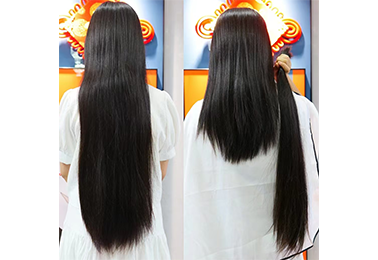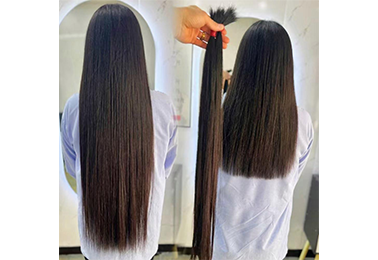The Complete Guide to Customizing Bulk Human Hair Orders: From Texture to Coloring
The Complete Guide to Customizing Bulk Human Hair Orders: From Texture to Coloring
Whether you're a salon owner, hair extension retailer, or beauty professional, customizing bulk human hair orders ensures you meet diverse client demands while standing out in a competitive market. This guide covers every step—from selecting textures to mastering coloring techniques—to help you negotiate with suppliers and deliver premium products.

Why Customize Bulk Human Hair Orders?
The global human hair market is projected to reach $13.3 billion by 2030 (Grand View Research). Customization drives success by:
✔️ Matching regional preferences (e.g., Brazilian straight vs. Indian curly textures).
✔️ Reducing waste with tailored lengths, densities, and colors.
✔️ Building brand loyalty through exclusive product lines.
Step 1: Choosing the Right Hair Texture
Texture impacts durability, styling versatility, and client satisfaction. Work with suppliers to specify:
A. Virgin vs. Remy Hair
Virgin Hair: Unprocessed, cuticle-intact strands. Ideal for coloring but 20–30% pricier.
Remy Hair: Aligned cuticles for reduced tangling. Cost-effective for bulk orders.
B. Popular Textures for Customization
Silky Straight: Best for classic, sleek styles (top choice in East Asia).
Body Wave: Adds volume, popular in the U.S. and Europe.
Loose Curl/Kinky Curly: High demand in Afro-Caribbean markets.
Pro Tip: Request 3–5 texture samples before bulk ordering. Test styling with heat tools and products.
Step 2: Mastering Custom Hair Coloring
A. Pre-Colored vs. DIY Coloring
Pre-Colored Orders: Factories use professional dyes for consistent results. Specify Pantone codes or provide physical samples.
DIY Coloring: Purchase unprocessed hair for in-house coloring (requires salons to have expertise).
B. Coloring Guidelines for Suppliers
Specify developer strength (e.g., 20VOL for subtle tones, 30VOL for vivid hues).
Avoid over-processing: Limit bleaching to two rounds for 99J/613 blonde shades.
Request strand testing for ombré, balayage, or fantasy colors.
Step 3: Key Questions to Ask Suppliers
Ensure clarity and quality with these must-ask questions:
"What is the minimum order quantity (MOQ) for custom textures/colors?" (Typical MOQ: 3–5kg).
"Do you offer color-matching services?" (Provide client selfies or swatches).




